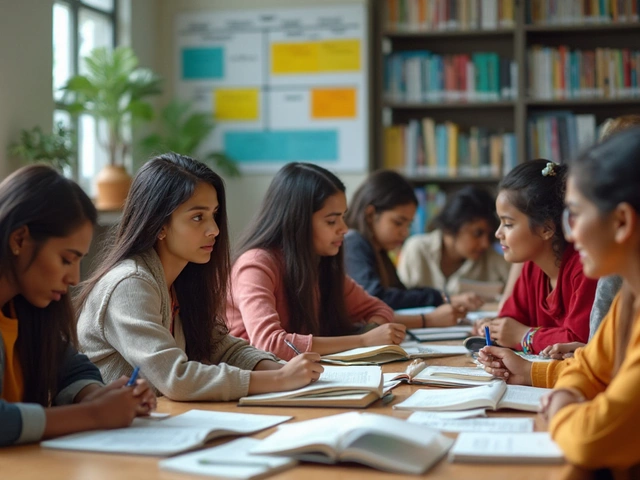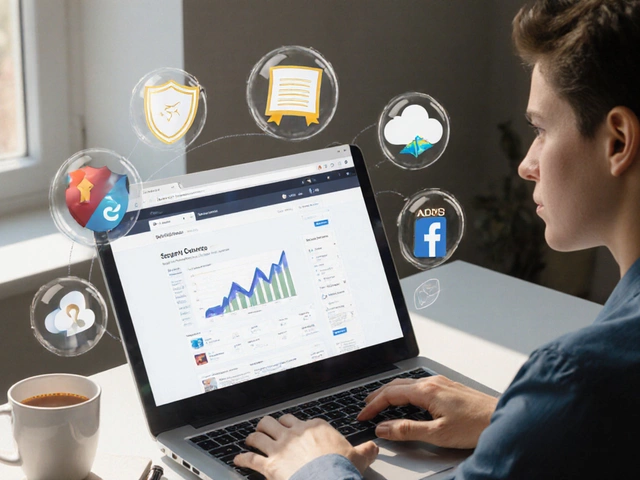Flipped Classroom: How It Works and Why It’s Changing Education
When you think of school, you probably picture a teacher talking at the front while students sit quietly taking notes. But what if that whole setup was turned around? That’s the idea behind the flipped classroom, a teaching model where students learn new content at home through videos or readings, and then use class time for activities, discussions, and problem-solving. Also known as the inverted classroom, it flips the traditional order of learning to make students more active in their own education.
This isn’t just a trend—it’s a practical shift happening in schools and colleges across India. Instead of spending class time listening to lectures, students watch short videos or read materials before class. Then, when they walk into the room, they’re ready to do something with that knowledge: work in groups, solve real problems, or get one-on-one help from their teacher. It works best when combined with online learning, digital tools that deliver content outside the classroom, and blended learning, a mix of digital and face-to-face instruction. Teachers aren’t replaced—they become guides, helping students apply what they’ve learned instead of just repeating it.
Why does this matter? Because students remember more when they’re doing, not just listening. In subjects like math or science, where practice makes the difference, the flipped classroom gives students more time to ask questions and fix mistakes with real feedback. It also helps students who learn at different speeds—you can pause, rewind, or rewatch a video until it clicks. And for teachers, it means less time repeating the same lecture and more time spotting who needs help.
This model doesn’t work for every subject or every student, but it’s growing fast in places where education is trying to get more personal and more engaging. You’ll see it in coaching centers preparing students for JEE or NEET, in colleges using digital platforms to stretch class time, and even in schools trying to make learning stick beyond exams. The key isn’t the tech—it’s the shift in focus: from what the teacher says to what the student does.
Below, you’ll find real examples of how this approach is being used in Indian education—from online platforms that support it, to schools that have switched to this model and seen real results. Whether you’re a student trying to learn smarter, a teacher looking to change your routine, or a parent wondering why your child’s homework looks different now, these posts will show you how the flipped classroom is changing the game.
5 Most Effective eLearning Models Explained: A Complete Guide
Posted by Aria Fenwick On 25 Jul, 2025 Comments (0)

Explore the five key eLearning models, with real examples and practical tips to find what works for students and educators in today's digital world.




